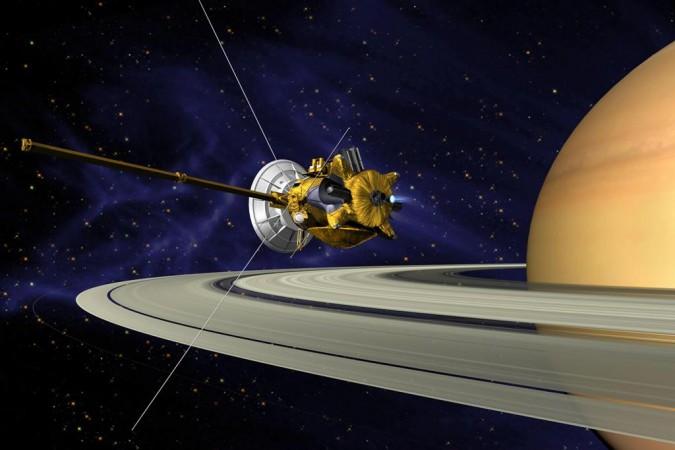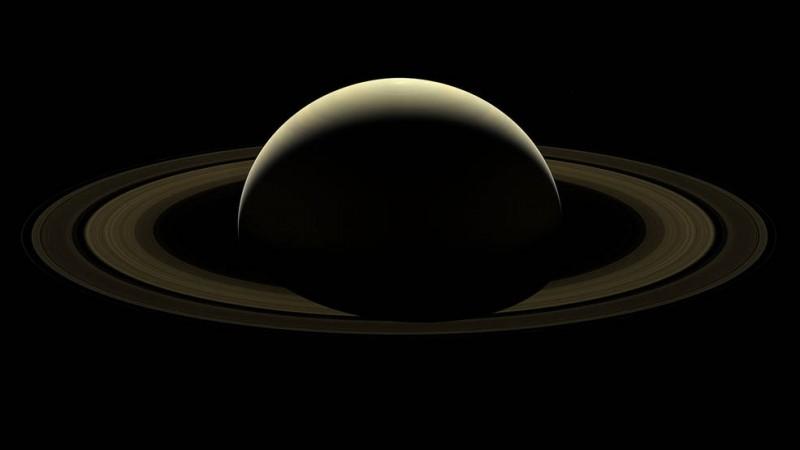NASA's Cassini spacecraft ended it mission last year, but astronomers are still making new discoveries based on the vast amount of data that it collected in its long mission of over 19 years, 13 of which spent circling Saturn and studying its moons closely.
Scientists have now announced that as part of one of its final missions, just as the spacecraft plunged into the gas giant, was that its signature rings were actually blasting organic rain into the Saturn's atmosphere.
Saturn's rings pour out tonnes of material -- carbon-bearing, organic molecules into the planet. It is like rain, but from outer space. This could be something that is wholly unique to Saturn.
This rain is mostly composed of nanometre-sized grains of dust that pour down into Saturn's atmosphere. Cassini estimated its mass to be between 4,800 and 45,000 kg of dust every second. This led researchers to estimate that the rings will eventually erode and fall into the planet over millennia, notes Gizmodo. The dust grains was made of water, silicates, methane, ammonia, carbon dioxide, as well as other, more complex organic molecules.
This is the first time that these "building blocks of life" molecules have been found on or near Saturn. While these molecules are needed for life to survive, the mere existence of these compunds is not, by itself, evidence of life, notes the report.

There is a lot more that has been discovered. In fact, scientists have put out six new papers based on only Cassini data from its "grand finale" that includes 22 orbits close by the planet, between Saturn and its rings. One of the Cassini scientists, speaking with Gizmodo said that this close encounter and finale orbits were not actually part of the plan to begin with, but it was decided that it is better to plunge into the planet than to crash into one of the moons, because, there might be life there and NASA did not want to contaminate it.
Another finding is that Saturn's magnetic field has poles that perfectly match up with its rotational axis and that is really strange because as on Earth, Jupiter and even Neptune, scientists believed that by requirement, a planet's magnetic field normally matches up to its spin axis. The readings were made at an altitude of about 2,550 km above Saturn's surface.
The papers describe more new findings. Scientists have found that there exists a "belt" of high-energy protons between its atmosphere and its rings. The radiation in this part was also intense, notes the report. It actually overwhelmed Cassini, but scientists were able to salvage the data. explained Matina Gkioulidou of the Johns Hopkins Applied Physics Laboratory.
"Our method allowed us to reach to some solid conclusions but still left gaps in our understanding," she said, future missions could actually go in there, better prepared for the conditions.


















